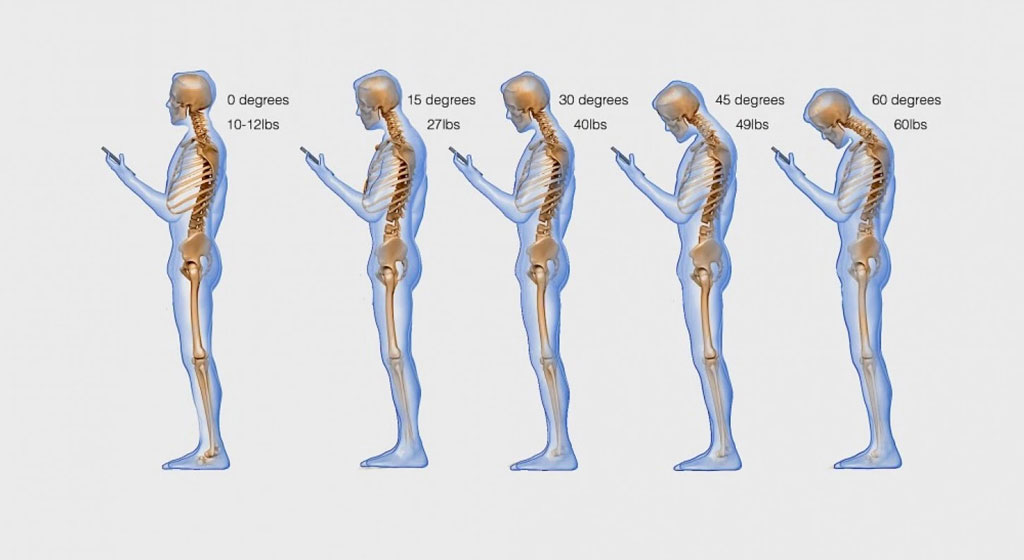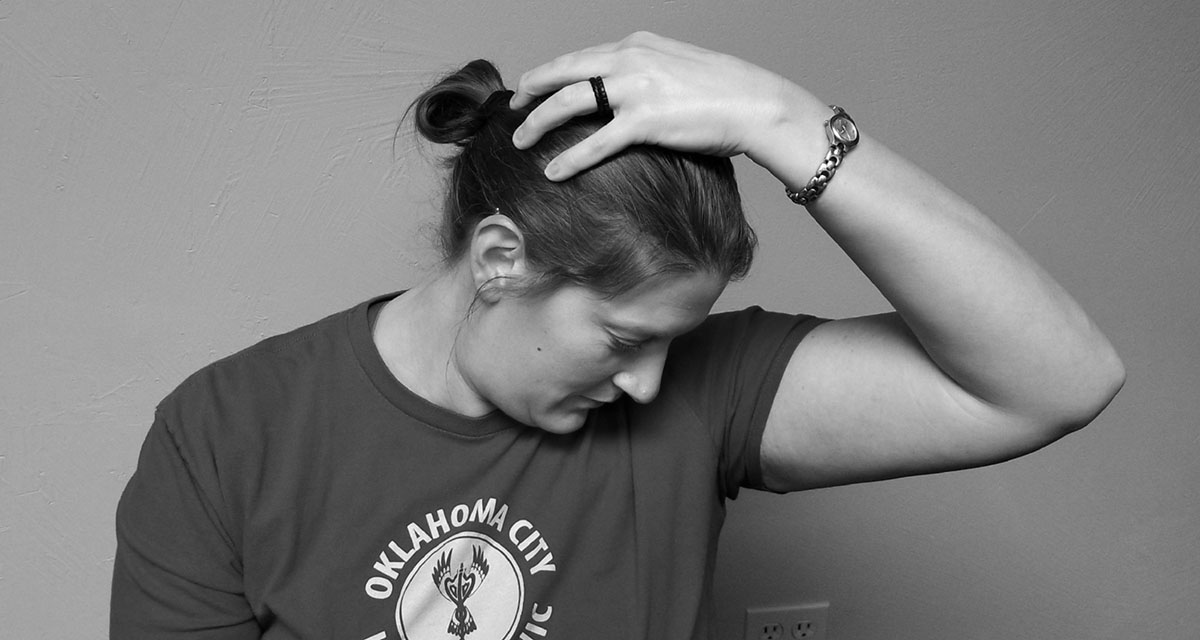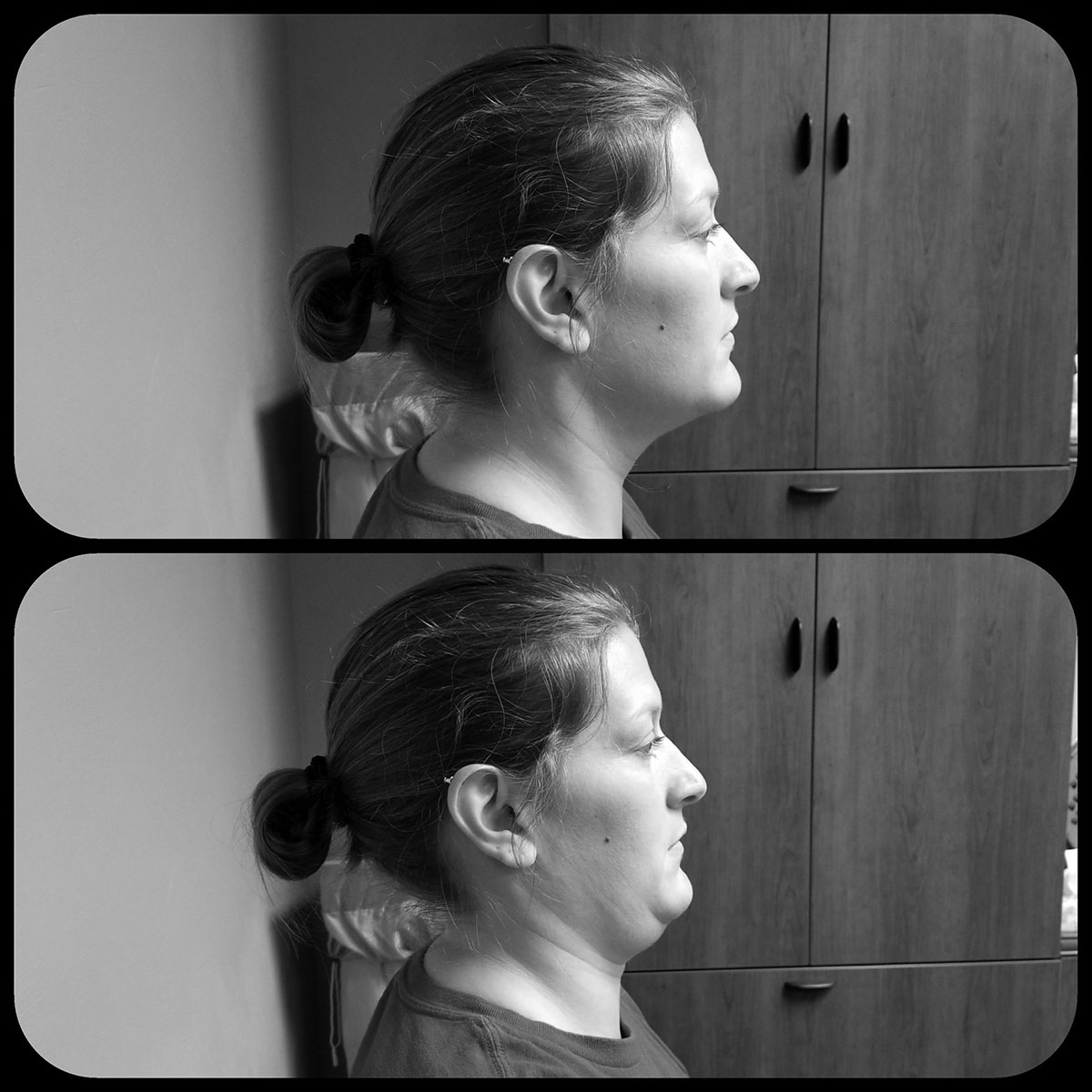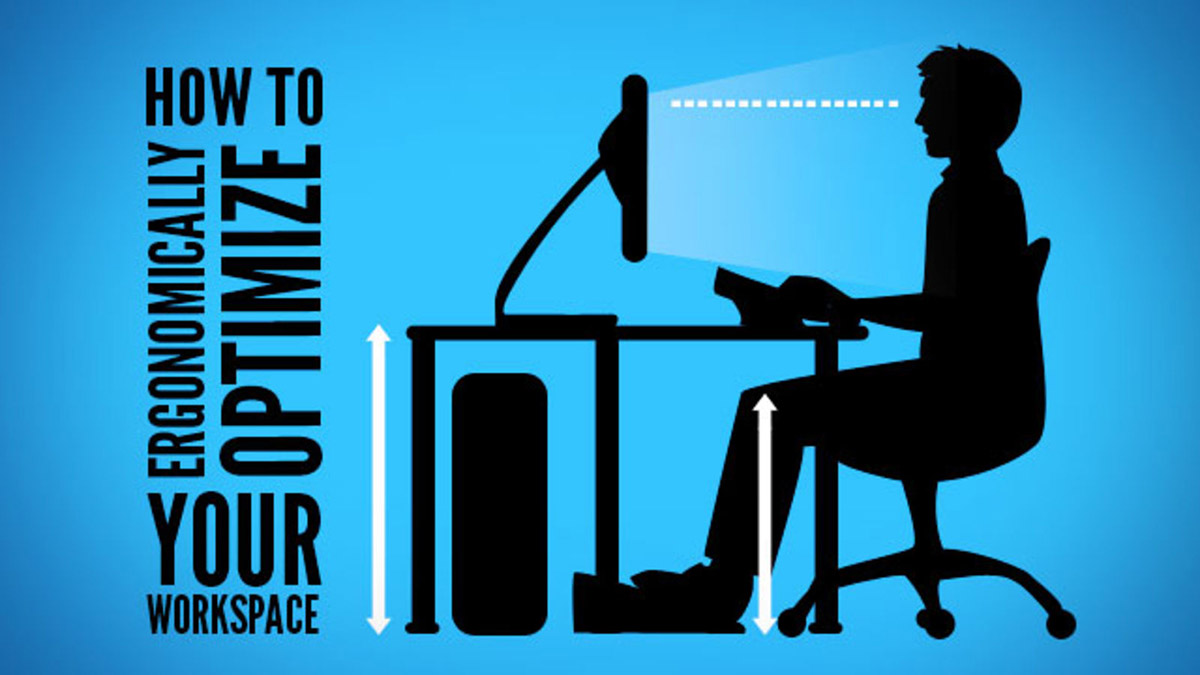By: Elizabeth Yates, PTA, FMT
Did you know up to 80% of adults in the United States get tension headaches? About 3% have chronic daily tension headaches, with women twice as likely to get them as men.
Tension headaches are the most common type of headache. These headaches cause a dull ache, tightness, and pressure in the areas of your forehead, back of head, and neck. They can also include stiffness of the neck. Tension headaches are often caused by muscle tightness in the neck, scalp and/or jaw muscles.
There are several triggers of tension headaches, such as physical/emotional stress, alcohol use, excessive caffeine or caffeine withdrawal, colds/flu/sinus infections, dental problems like jaw clenching or teeth grinding, eye strain, smoking, fatigue/overexertion and inadequate sleep. Another common and often lesser known cause of tension headaches and neck pain is poor posture. Forward head posture is a common problem in our world today, especially with the use of electronic devices.
*Please consult your provider before performing any of these exercises.*
What does poor posture look like?
When poor posture occurs repetitively, it affects the muscles, nerves, joints and spinal discs. As your posture becomes less neutral, it causes the muscle groups to become tightened and stronger, and the lesser used side muscle groups to become elongated and weaker. This causes a muscle imbalance, leading to an increased strain on your body structures. Every inch your neck bends forward over the neutral position, you are creating about 10 extra pounds of weight on your neck. Over time, this bad posture can cause increased neck pain and occurrence of headaches due to the strain on your muscles.

What does good posture look like?
Proper posture is when your spine is in neutral alignment, which keeps your spine in its natural curve. There is an inward curve in the cervical, outward in the thoracic and inward in the lumbar. More simply, when you stand up straight with neutral alignment, your ears, shoulders, hips, knees and ankles should be in line with each other. In sitting, your feet should be flat on the floor, hips and knees bent at 90 degrees, and ears and shoulders aligned over the hips. A deviation from this posture leads to a change in your spine’s natural curve and abnormal strain on the muscles.
To help treat these headaches caused by poor posture, muscle imbalance needs to be corrected. Perform these exercises two-to-three times per day or as your symptoms occur. Use caution when performing these exercises as they should not cause any increased pain.
- Upper Trapezius Stretch: Hold for 20 seconds and repeat three-to-five times each side. Sitting or standing up straight, gently tilt your head towards your shoulder until you feel a stretch on the side of your neck. You may apply overpressure with your hand if you need more of a stretch.

- Levator Scapulae Stretch: Hold for 20 seconds and repeat three-to-five times each side. Sitting or standing up straight, gently tilt your head with your nose pointing toward your armpit until you feel a stretch on the side of your neck. You may apply overpressure with your hand if you need more of a stretch.

- Chin Tuck: Hold for five seconds and repeat 20 times. Slightly move your head back as if you are making a double chin. This is a small motion and should not cause pain.

- Pectoralis Stretch: Hold for 20 seconds and repeat three-to-five times. In an open corner or doorway, place your arms on either side with elbows at or slightly below shoulder level and gently lean forward until you feel a gentle stretch across the front of your chest.

- Scapular Retraction: Squeeze shoulder blades together, holding for a few seconds each time, then relax and repeat 20 times.
Other than exercise, other helpful tips to manage symptoms include:
- Taking short breaks: Set a goal to get up at least every hour to stand or walk for a few minutes. Taking short breaks will help to improve circulation, rest strained muscles and improve productivity in your work day.
- Use a headset if you are on the phone for long periods: Avoid holding the phone between your ear and shoulder as this can cause compression and strain on your neck. Using a headset will help you to stay in better posture.
- Check your workstation: When your workstation is setup properly, it is more conducive to promoting improved posture, decreasing strain on your body and helping to reduce headaches and backaches.

